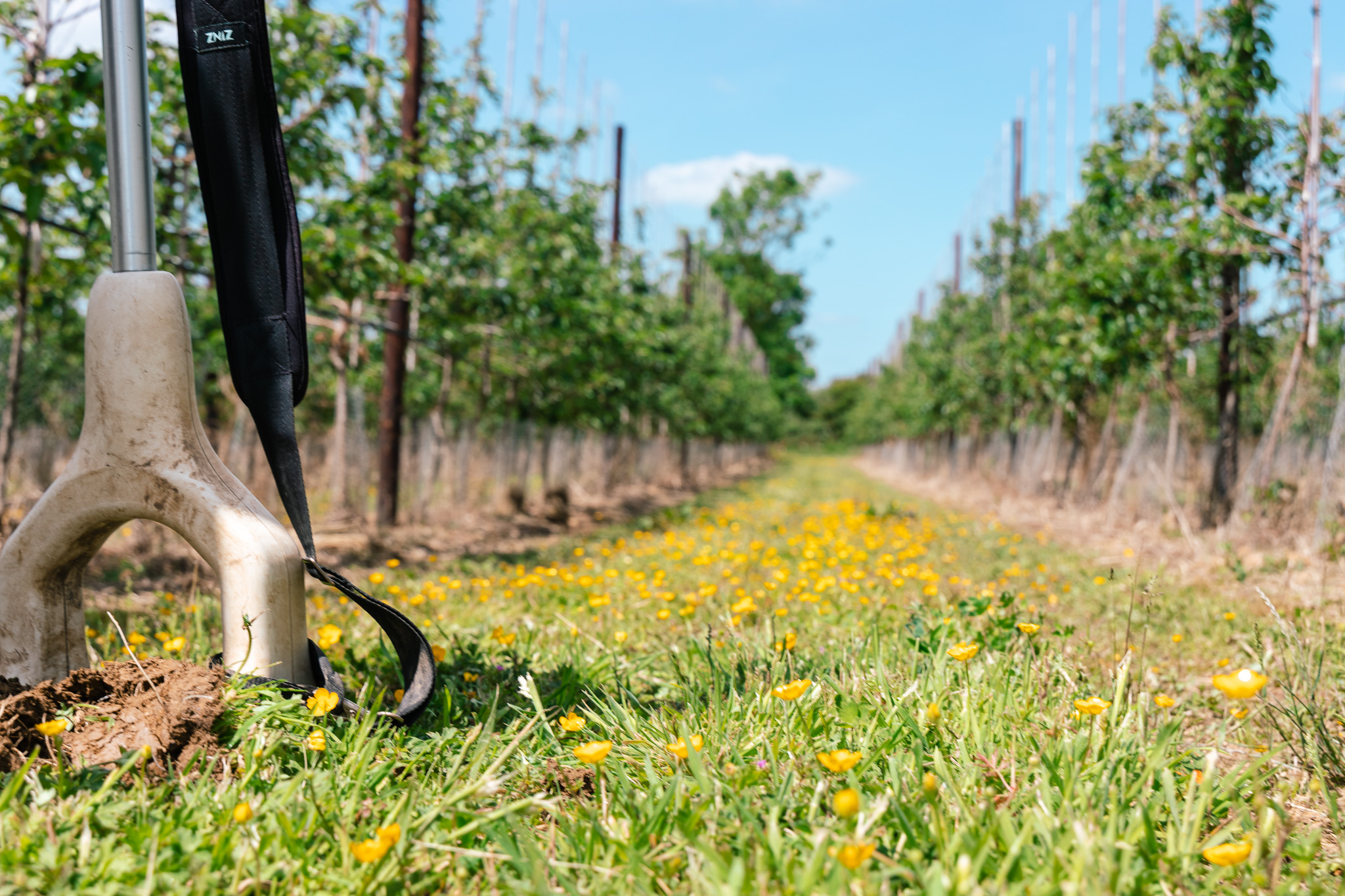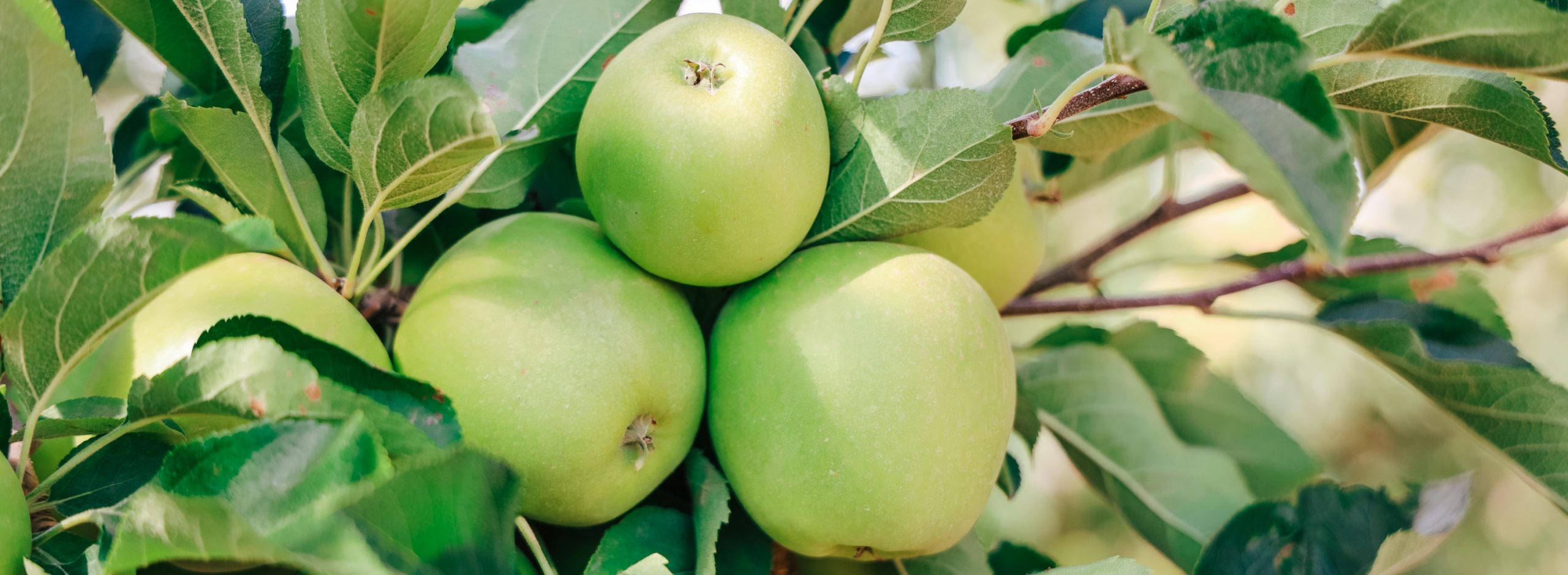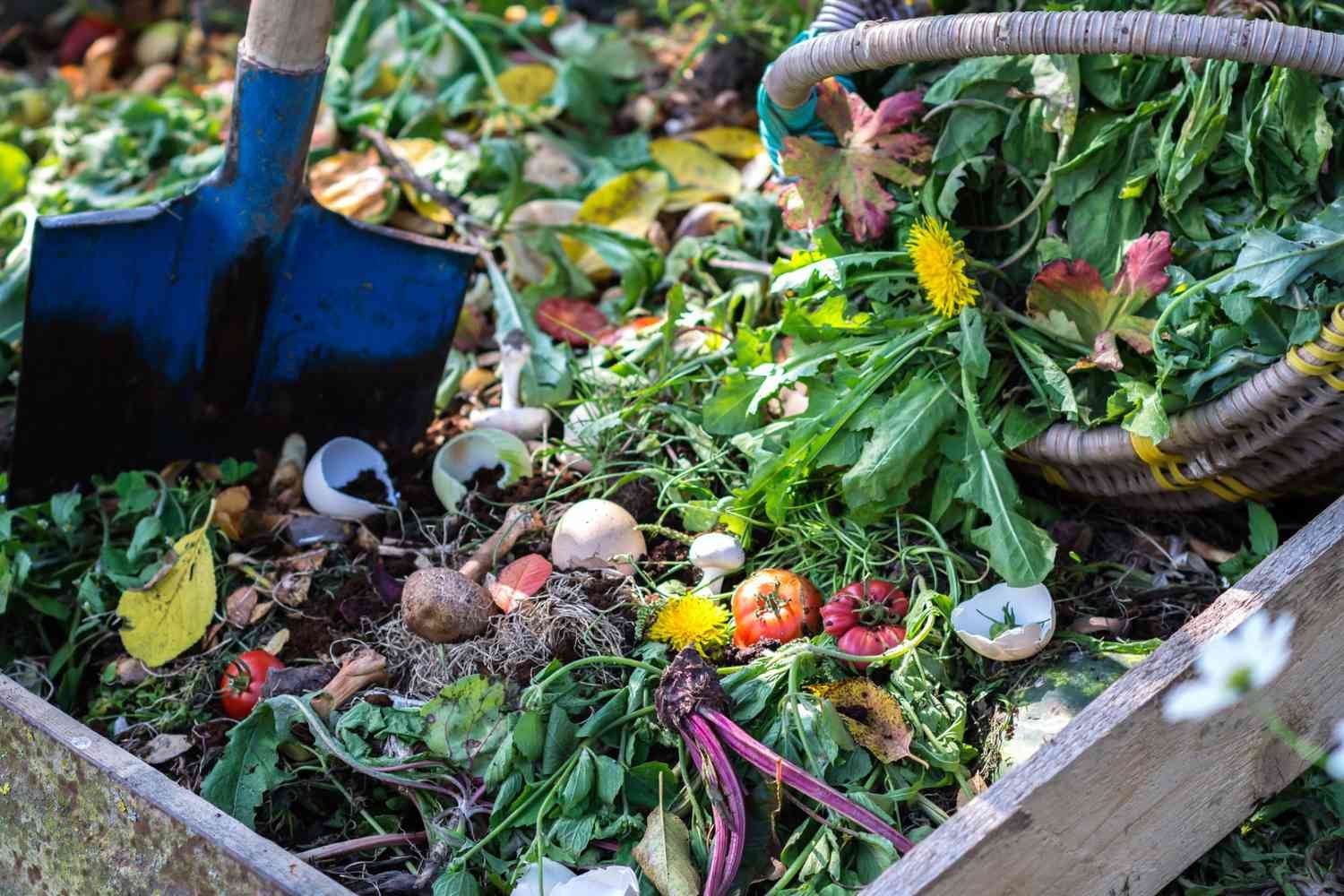4 ways to drive a more circular economy on the farm

Approximately one-third of the world’s food, totalling about 1.3 billion tonnes annually, is wasted. Initiatives to minimise waste contribute to more efficient use of resources, and practices like composting and anaerobic digestion transform organic waste into valuable resources, supporting closed-loop systems for soil health.
But there’s a solution: to mimic the natural regeneration of the food system so that what would normally be wasted can be utilised as feedstock for the next stage of the cycle. This is known as the circular economy of food.
Linear vs circular economy
The linear economy is the traditional model where raw materials are collected and transformed into products that consumers use until discarding them as waste, with no concern for their environmental footprint and consequences. It prioritises profit over sustainability, with products made to be disposed of.
By contrast, the circular economy has less of an environmental impact, as products are designed to be reduced, reused and recycled. As a result, the circular economy leaves much less of a carbon footprint: energy consumption is minimised, with practices based around renewable energy sources and non-polluting raw materials.
Here are just some of the ways we can improve the circularity (of nutrients, resources, etc.) and health of our food system:
1. Grow in a regenerative way

37% of greenhouse gas emissions come from agriculture, but the food system can be part of the solution to the climate crisis.
Implementing regenerative practices on farms promotes healthy soils, increased biodiversity and improvements in air and water quality. Some examples of regenerative farming methods are:
- Cover cropping – the practice of planting specific crops to cover and protect the soil, improving its health and fertility.
- Agroforestry – a farming technique that integrates trees and shrubs with crops or livestock on the same land, creating a more sustainable and diverse agricultural system.
- Rotational grazing – periodically moving livestock between different pastures or sections of land to optimise forage growth and maintain healthy grazing patterns.
The adoption of circular economy principles in the food sector alone could yield economic, health, and environmental advantages, estimated to reach USD 2.7 trillion annually by 2050. Implementing these principles could also lead to a 50% reduction in the food industry’s projected greenhouse gas emissions by 2050.
2. Opt for locally sourced produce where possible

Opting for locally-sourced food boosts local economies, minimises environmental impact through reduced transportation emissions, and safeguards farmland from urbanisation. It also enhances food transparency, providing consumers with direct information on cultivation and handling practices, fostering trust in the supply chain.
3. Embrace precision farming

Precision farming emerges as a key solution in crafting a circular food economy. Leveraging technologies like supply chain platforms, drones, AI and more, it enables meticulous resource tracking, enhancing efficiency and minimising waste. Drones and satellite imagery further contribute by carefully monitoring crops and conserving habitats.
IoT farms use variable-rate irrigation (VRI), which uses data and sensors to apply water more accurately, saving both water and energy. According to the Journal of Soil and Water Conservation (JSWC), VRI can save 8%–20% of water in irrigation systems.
4. Support initiatives that eliminate or redistribute food waste

By minimising food waste at various stages from production to consumption, these initiatives contribute to more efficient resource utilisation, including water, land, and energy. Additionally, practices such as composting and anaerobic digestion transform organic waste into valuable resources like compost and biogas, supporting closed-loop systems that enhance soil health and fertility.
Summary
Transitioning to a circular economy of food presents a multifaceted solution to address the significant environmental, economic, and health costs associated with existing food production practices. By implementing regenerative farming methods, opting for locally sourced food, embracing precision farming technologies, recognising the role of urban areas in food system transformations, and supporting initiatives to eliminate food waste, we can collectively work towards a more sustainable and resilient food system. These strategies not only enhance soil health, biodiversity, and resource efficiency but also cultivate community connections, promote transparency, and contribute to food security and social equity. Through concerted efforts and collaboration across sectors, we can drive positive change and pave the way for a healthier future for both people and the planet.
In this article...



